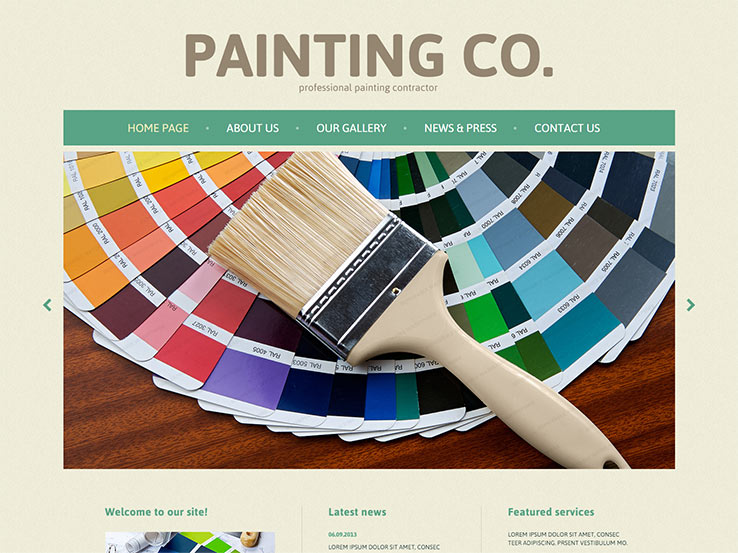Learn About The Methods Which Seasonal Factors Can Affect The Success Of Commercial External Paint And Establish The Best Times To Attain Long Lasting Results For Your Project
Learn About The Methods Which Seasonal Factors Can Affect The Success Of Commercial External Paint And Establish The Best Times To Attain Long Lasting Results For Your Project
Blog Article
Content By-Ford Bagger
When you're intending an industrial outside paint task, seasonal variables can make or damage your outcomes. You'll intend to take into consideration just how temperature level and moisture effect paint application and drying times. Choosing click this over here now can ensure your paint adheres correctly and lasts longer. However which seasons are absolutely the best for this kind of job? Let's check out the key elements that can impact your project's success.
The Effect of Temperature on Paint Application
When you're preparing a business external painting task, the temperature can dramatically influence exactly how well the paint sticks and dries.
Preferably, you want to repaint when temperature levels vary in between 50 ° F and 85 ° F. If it's also cold, the paint might not heal correctly, causing concerns like peeling or splitting.
On interior painting minneapolis , if it's also warm, the paint can dry out too swiftly, avoiding proper adhesion and causing an unequal coating.
You should likewise consider the moment of day; early morning or late afternoon offers cooler temperature levels, which can be more favorable.
Always examine the manufacturer's referrals for the particular paint you're utilizing, as they often offer support on the perfect temperature range for optimum outcomes.
Moisture and Its Result on Drying Times
Temperature level isn't the only ecological element that affects your industrial outside paint job; humidity plays a substantial role also. High humidity levels can slow down drying times considerably, impacting the total quality of your paint job.
When the air is filled with moisture, the paint takes longer to cure, which can lead to issues like bad attachment and a greater risk of mildew development. If you're painting on a specifically moist day, be planned for prolonged delay times between coats.
It's important to monitor neighborhood weather conditions and strategy appropriately. Ideally, aim for moisture levels in between 40% and 70% for ideal drying out.
Maintaining these consider mind ensures your task stays on track and provides a long lasting surface.
Best Seasons for Commercial Exterior Painting Projects
What's the best season for your business exterior paint tasks?
Spring and very early autumn are commonly your best choices. During these seasons, temperature levels are moderate, and humidity levels are often lower, producing excellent conditions for paint application and drying.
Avoid summer season's intense heat, which can cause paint to dry as well promptly, leading to inadequate bond and surface. In a similar way, winter season's chilly temperature levels can impede appropriate drying out and healing, running the risk of the long life of your paint work.
Aim for days with temperatures between 50 ° F and 85 ° F for optimal outcomes. Keep in mind to check the regional weather report for rainfall, as wet conditions can wreck your project.
Planning around these variables ensures your painting task runs efficiently and lasts longer.
Conclusion
In conclusion, preparing your commercial external paint tasks around seasonal factors to consider can make a considerable distinction in the result. By organizing job during the perfect temperature levels and moisture degrees, you'll ensure much better bond and drying times. Remember to watch on local weather report and pick the right time of year-- springtime and early autumn are your best bets. Taking these steps will aid you attain a sturdy and expert finish that lasts.
